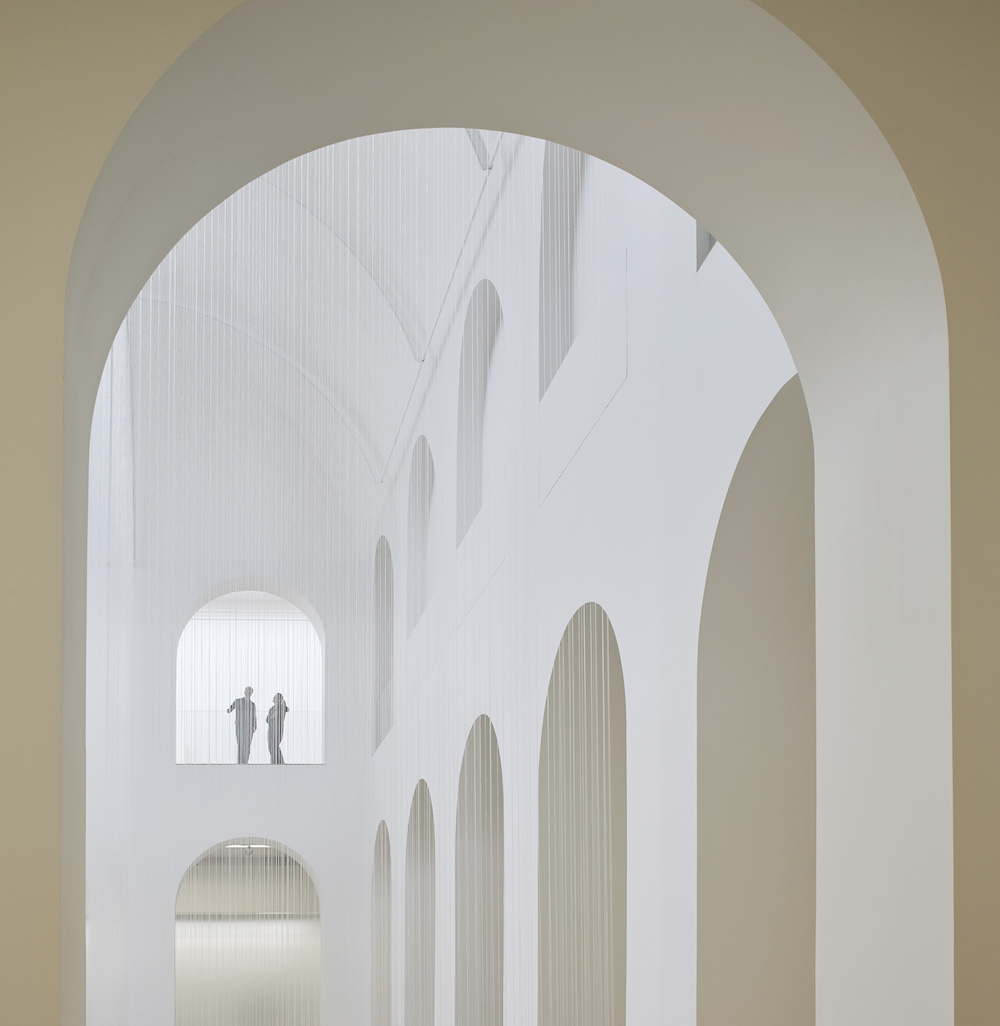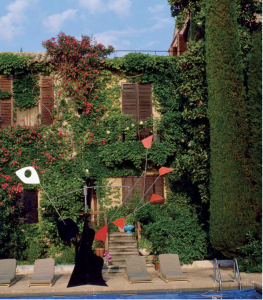A total transformation of the Musee d’arts de Nantes carried out by London-based architecture practice Stanton Williams has reimagined the museum as a modern shrine to natural light
In recent years, scores of museums and galleries have sought to rebrand themselves with bold extensions and redesigns. While the objective is often the same, approaches and execution tend to vary almost as much as the results and their reception; by turns controversial or celebrated, triumphant or tragic.
For architects, the task of bridging past and present is marked by competing concerns, and there is a case to be made for architectural intervention with a studied sense of place. Even where contrast appears single-minded, it is underpinned by the need to conserve and modernise at the same time. In the case of the Musee d’arts de Nantes (formerly the Musee des Beaux-Arts de Nantes), British architecture practice Stanton Williams has engaged the opposing forces of continuity and transformation in thoughtful dialogue throughout the museum’s all-encompassing overhaul. Here, sensitivity is tantamount to success.
Since winning the commission in 2009, Stanton Williams has spent the last six years on the project, drawing on founding director Paul Williams’ background in exhibition design and architectural planning for museums and galleries. The practice’s vision for the museum extends far beyond the usual scope and encompasses a full-scale interior renovation of the original Palais des Beaux-Arts, a new extension for contemporary art, a new graphic arts centre, a sculpture court, and a new link to the 17th century oratory chapel, where a video triptych by American artist Bill Viola is on permanent display. Uniquely, the architects have also collaborated with London-based design studio Cartlidge Levene to redesign the museum’s visual identity – including exhibition design, interior design and signage – in order to create a seamless experience.

While excavating the Palais, digging six metres down into the ground to create new spaces beneath the Beaux-Arts building, they uncovered the hand-laid stonework making up its foundations. “This is the beauty of unpicking things,” says Williams. Archways of exposed stone have been incorporated into the minimal appearance of the lower-ground floor, understatedly bringing old and new into balance and reflecting a subtle attention to detail apparent throughout the whole project.
Patrick Richard, the lead architect on the redesign and director at Stanton Williams, explains that the marble, brass and wood used throughout also aim to heighten the senses. “Every time people engage physically with the building – benches, doors, walls – all of these materials create something very sensual.”
The renovated Palais des Beaux-Arts and its extensions make the gentle Atlantic light – which floods in through the pitched skylights and illuminates the abundance of alabaster – strangely physical. The shaft of an old service elevator inside the Palais has been remade in translucent glass, tunnelling diffuse light down from roof to the basement, while existing skylights have been fitted with layers of glass, stretched fabric and adjustable blinds as part of a complex system that helps optimise natural light.
This continues in the new contemporary art extension, the Cube, where one facade is clad with ultra thin sheets of Portuguese marble, hung between two pieces of glass. During the day, light from outside filters through, and at night, glows from within, throwing veins of marble into relief. At only 7mm, it is so thin that shadows can be seen on the other side. Richard refers to it as a contemporary fresco of sorts.
“The Palais was very introverted in some ways but in the upper galleries, the sky and the light gives you a sense that you are part of a city as well,” he says, returning to the original building designed by local architect Clément-Marie Josso and planned around a central courtyard. “The clouds pass, the light changes. The space is open and you are part of something else.” This thinking, which puts the play of light at the heart of the Musee d’arts de Nantes, informed each step of Stanton Williams’ soft-footed approach. “This is a museum of light.”
As it reopens to the public under a new name, the Musee d’arts de Nantes takes its place as the sixth largest fine arts institution in France. The museum has been a beacon of Nantes’ cultural standing since it opened in 1900. Now, its collection of over 12,000 works spanning 13th century to contemporary has a home truly fit to rival anything in the French capital.
The Musee d’arts de Nantes is now open to the public










